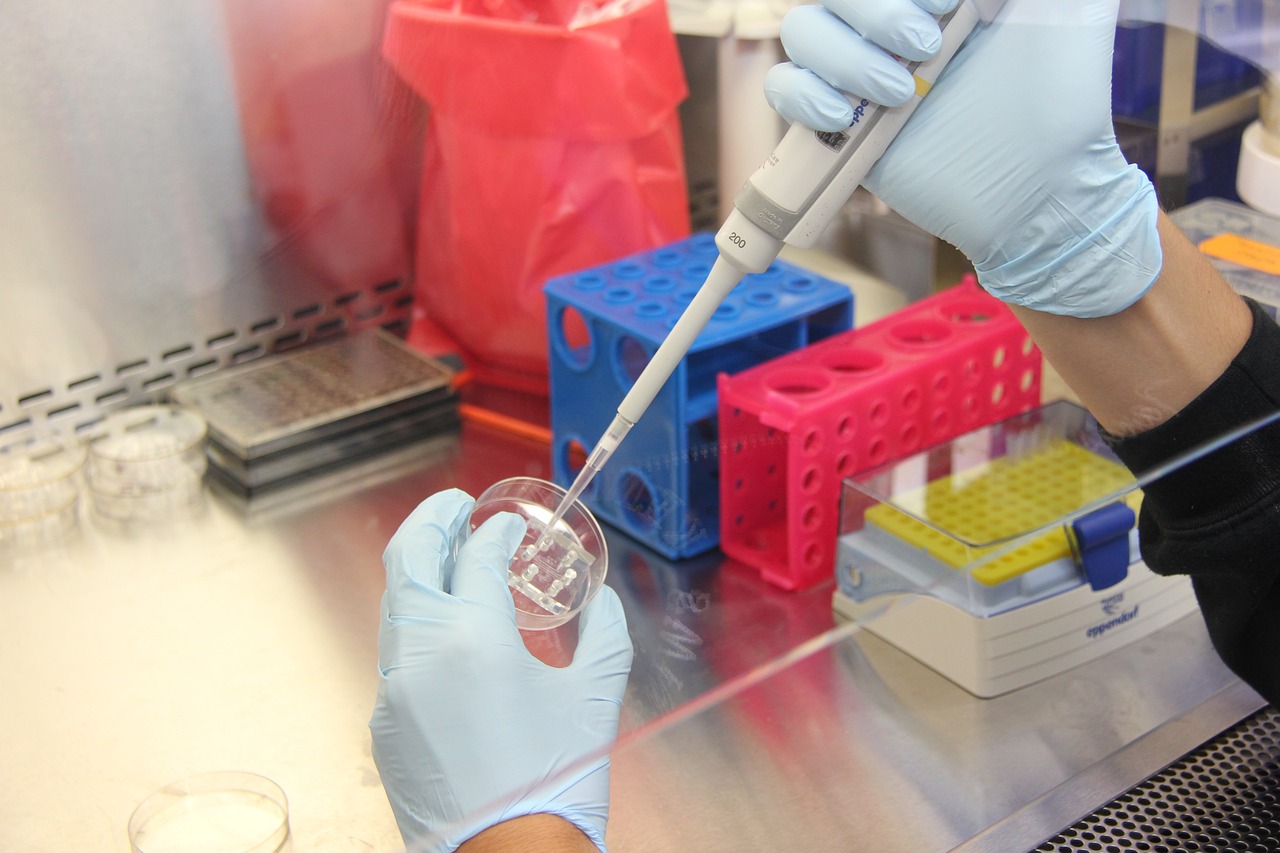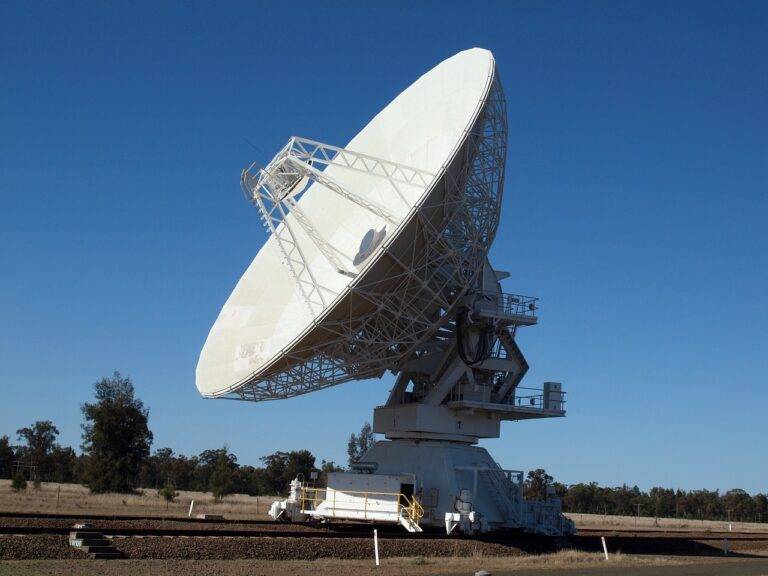Exploring the Role of AI in Wildlife Crime Investigation
Wildlife crime investigation plays a crucial role in preserving the balance of ecosystems and protecting vulnerable species from exploitation. By thoroughly examining incidents of wildlife crime, authorities can gather essential evidence to hold perpetrators accountable for their actions. Additionally, in-depth investigations help uncover underlying criminal networks involved in illegal wildlife trade, leading to dismantling these operations and disrupting their illegal activities.
Furthermore, wildlife crime investigation contributes to raising awareness about the detrimental impacts of poaching, trafficking, and other illegal activities on biodiversity and conservation efforts. Through meticulous examination of crime scenes and thorough analysis of evidence, investigators can unearth valuable insights that aid in implementing effective strategies to combat wildlife crime. Ultimately, the diligent efforts of wildlife crime investigators are crucial in safeguarding the future of wildlife populations and their habitats.
AI Technology in Wildlife Crime Detection
AI technology is playing a crucial role in the detection of wildlife crimes across the globe. By employing advanced algorithms and machine learning capabilities, AI systems are able to sift through vast amounts of data to identify patterns and anomalies that may indicate illegal activities. This can help law enforcement agencies and conservation organizations in pinpointing potential hotspots for wildlife crime and taking proactive measures to combat it.
Furthermore, AI technology in wildlife crime detection has the potential to streamline investigation processes and improve the efficiency of resource allocation. By automating certain tasks like data analysis and evidence collection, AI systems can free up human investigators to focus on more strategic aspects of their work. This not only accelerates the pace of investigations but also enhances the overall effectiveness of combating wildlife crimes in a more systematic and data-driven manner.
How can AI technology help in detecting wildlife crimes?
AI technology can analyze large amounts of data from various sources to identify patterns and anomalies that may indicate illegal wildlife activities.
What are some examples of AI technologies used in wildlife crime detection?
Examples include image recognition software to identify endangered species in photos, predictive modeling to identify high-risk areas for poaching, and natural language processing to analyze text data for clues.
Why is it important to use AI technology in wildlife crime investigation?
AI technology can help authorities to more effectively and efficiently track and combat wildlife crimes, ultimately helping to protect endangered species and preserve biodiversity.
Can AI technology replace the need for human investigators in wildlife crime detection?
No, AI technology is a tool to assist human investigators in their work. It can help to streamline the investigative process and provide valuable insights, but human expertise and judgment are still essential.
How can governments and conservation organizations incorporate AI technology into their wildlife crime detection efforts?
They can invest in the development and deployment of AI tools, collaborate with technology companies and researchers, and train staff on how to use AI technology effectively in wildlife crime investigation.





